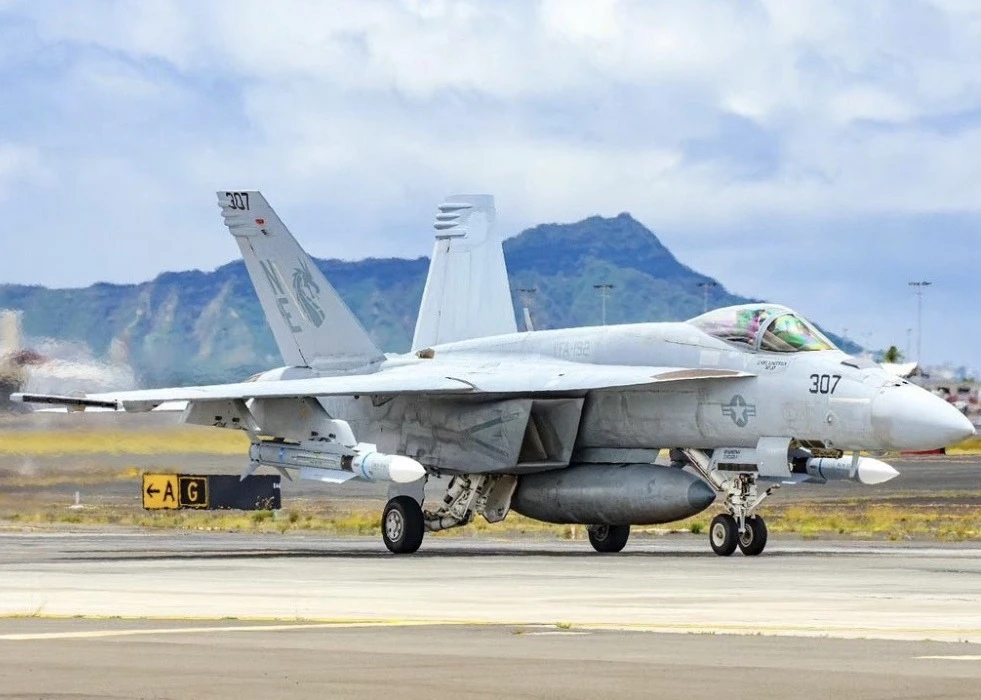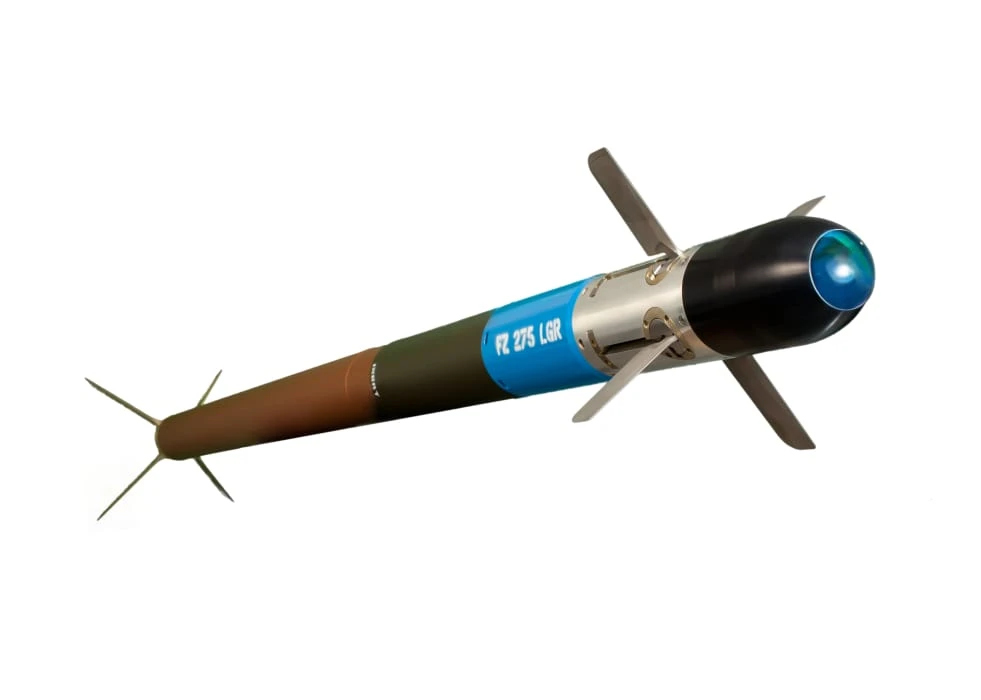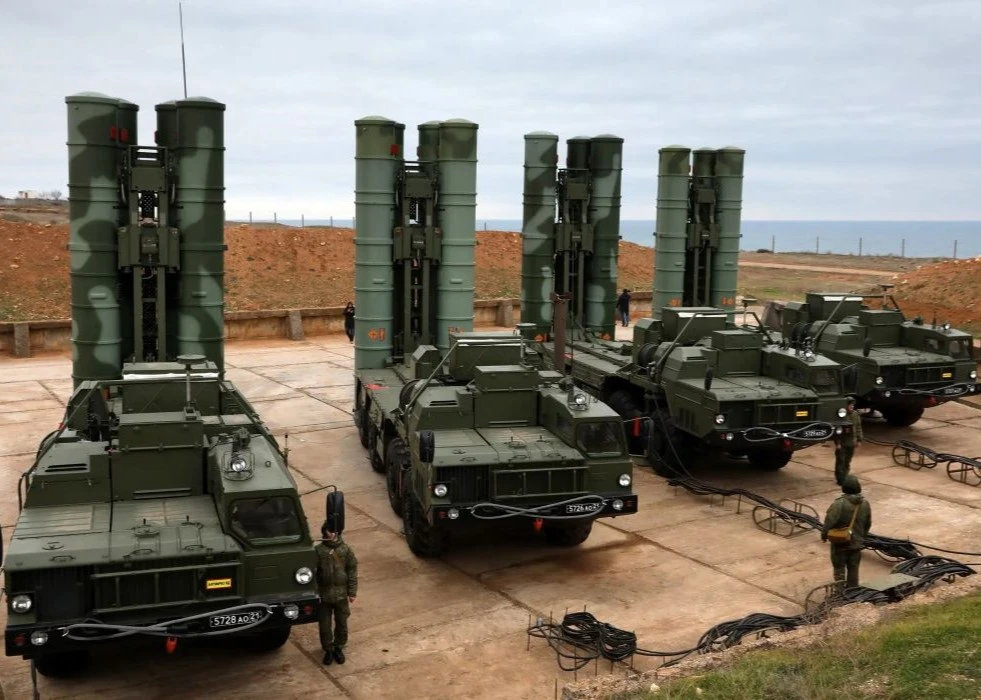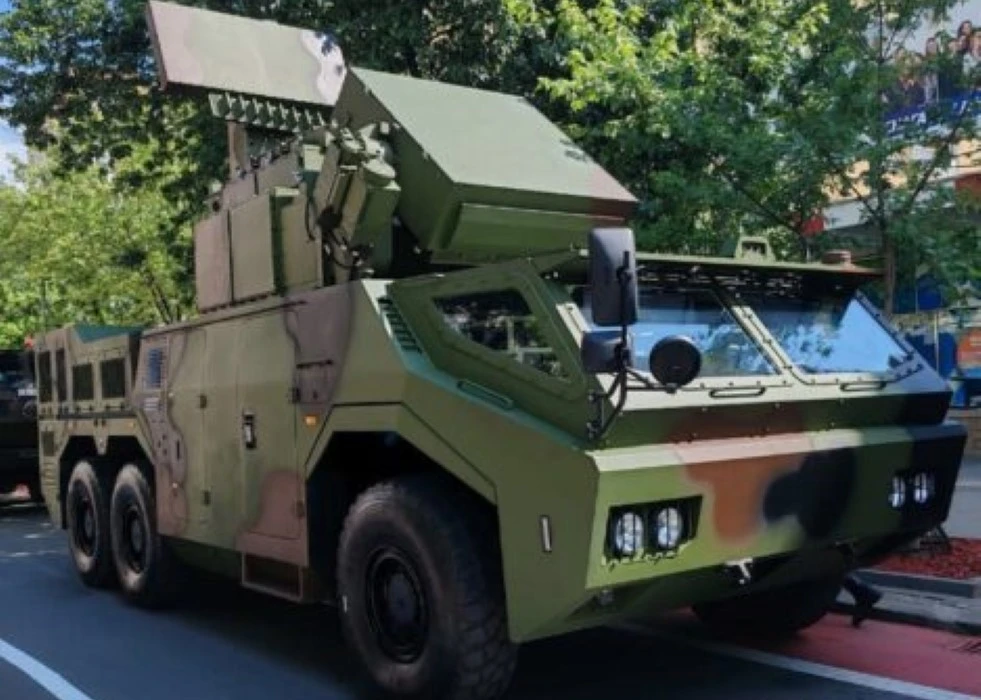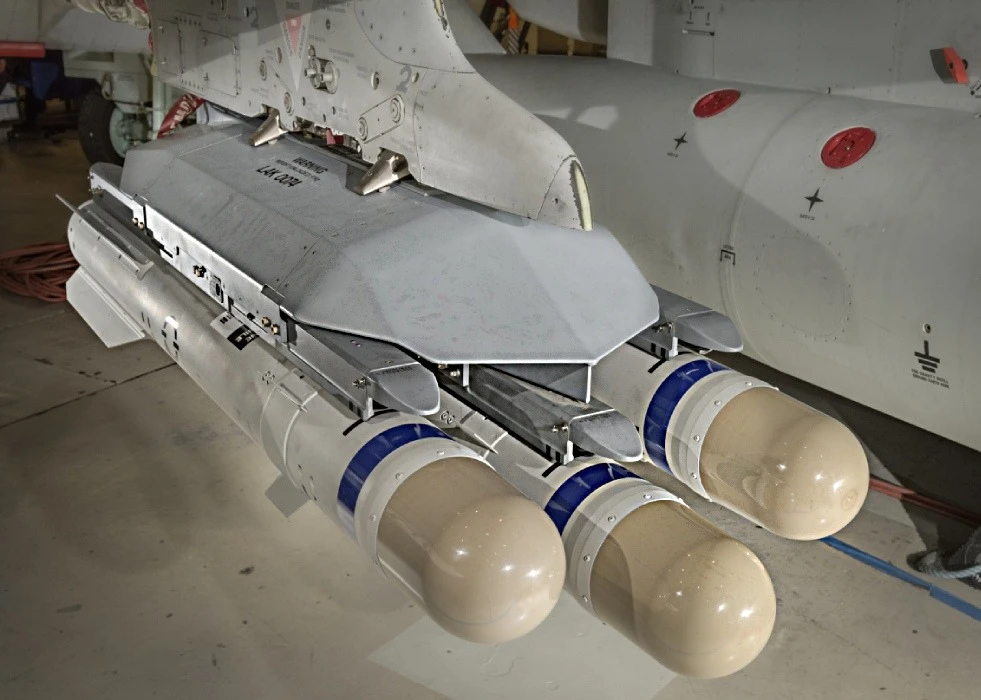According to the “Jane"s", the US Navy will not proceed with the development of Raytheon’s AGM-154 JSOW (Joint Stand-Off Weapon) missile. Instead, it will acquire Lockheed Martin’s AGM-158B JASSM-ER (Joint Air-to-Surface Standoff Missile Extended Range) missiles.
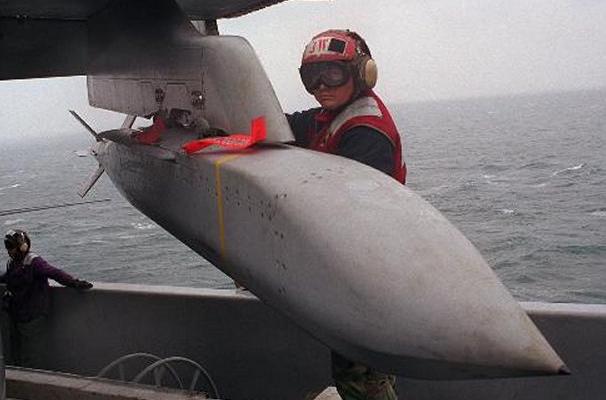
Revealing the decision in the fiscal year (FY) 2022 budget request, the navy will procure the cruise missile to meet both strike and offensive anti-surface warfare (OASuW) requirements.
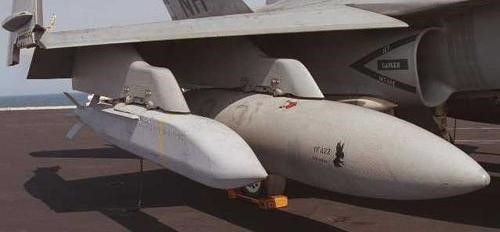
The AGM-154 JSOW are glide missiles. Their maximum range depends on the release height (22-130 km). The basic version AGM-154A incorporates 145 BLU-97 / B Combined Effects Bomb (CEB), anti-tank and anti-personnel ammunition. The AGM-154B version incorporates six BLU-108 / B sub-munitions with four BLU-108 / B sub-munitions, each with infrared sensors for target detection. The AGM-154C version incorporates an infrared detector for the terminal phase and a one-piece BROACH warhead with two warheads, WDU-44 and WDU-45 (one after the other during the attack). The evolution of the AGM-154C is the AGM-154C1 (Block III) version, while the evolution of the AGM-154A is the AGM-154A1 version with a BLU-111 warhead. The AGM-154 JSOW-ER version adds the Pratt & Whitney engine TJ-150 to increase the maximum range to 560 km.
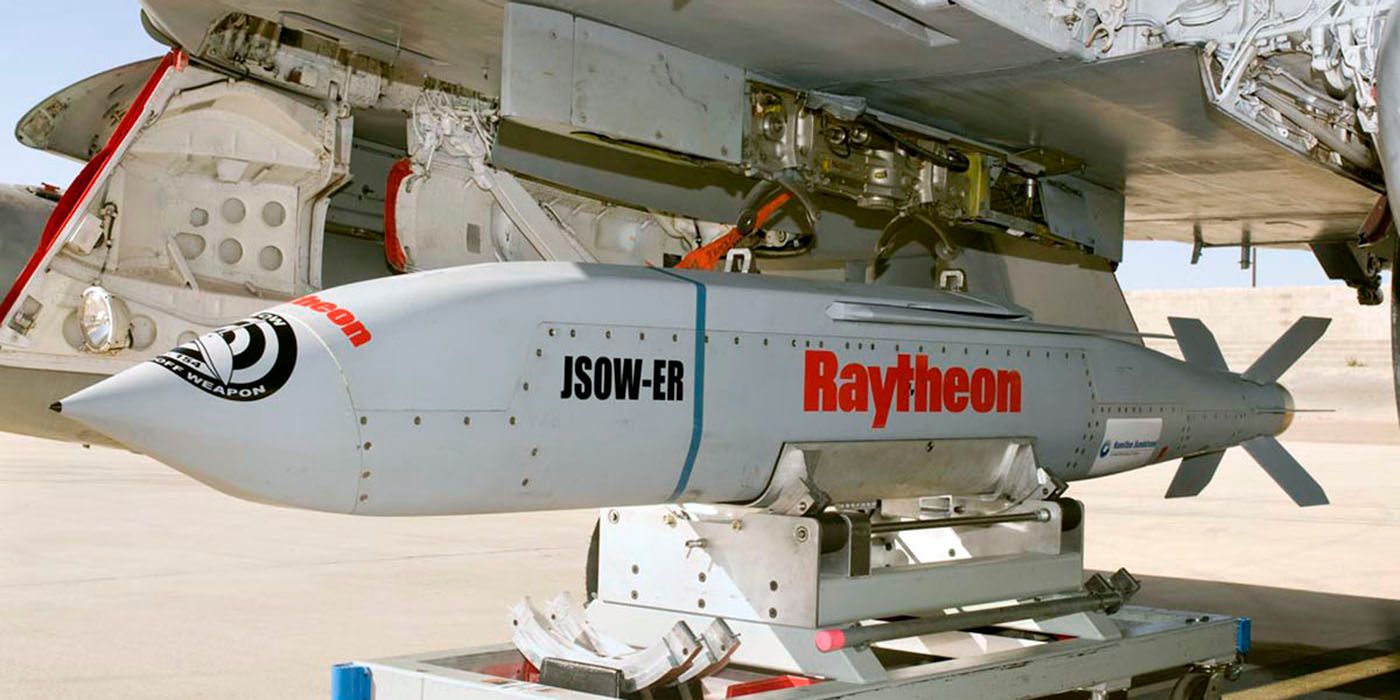
The JSOW is also operated by armed forces in Australia, Finland, Greece, Poland, Singapore and Turkey.
The AGM-158B JASSM-ER missile that the US Navy prefers now achieves a maximum range of about 1,000 kilometres and incorporates a perforated warhead. Its guidance incorporates an infrared detector and a digital GPS that is particularly resistant to interference.




